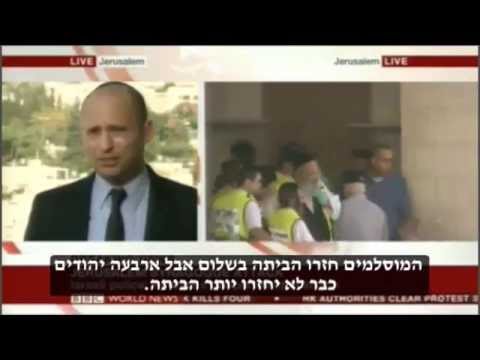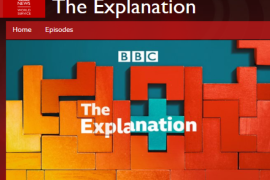Four months ago, during the summer conflict, we noted here that the BBC has a number of guidelines relating to the subject of the broadcast of images of people killed or injured in violent circumstances.
The corporation’s guidance on “Violence in News and Current Affairs“, for example, instructs on the issue of consistency.
“News teams should apply consistent editorial values to content, regardless of the availability of material.”
“News teams should apply consistent editorial values to content, regardless of where it comes from.”
That topic was raised here because of the BBC’s recurrent use of graphic images of casualties filmed in the Gaza Strip during this summer’s hostilities, with one example being the filmed report by Jeremy Bowen from July 14th which showed particularly graphic footage taken in a morgue. At no point during the seven weeks of BBC coverage of the conflict were BBC audiences shown comparable images filmed in Israel, indicating a clear lack of application of “consistent editorial values”.
It is of course highly unlikely that a film crew would be permitted to film at all inside a morgue in Israel (or other Western countries) and extremely doubtful whether such footage – even if it were filmed – would be considered appropriate for broadcast by BBC editors. But the fact that it is socially acceptable to film such explicit images in a certain society or country does not – according to the above guidance – provide automatic legitimacy for their broadcast.
Nevertheless, BBC editors somehow did apparently find it editorially justifiable to show graphic images from one side of the summer conflict but not from the other, despite those instructions to “apply consistent editorial values”.
This topic now comes up again because on November 18th during an interview with BBC World News about the terror attack which took place in the synagogue in the Har Nof neighbourhood of Jerusalem just hours beforehand, Minister Naftali Bennett held up a photograph of the scene of the attack which included one of the victims. Bennett was immediately told by the presenter:
“Sorry, we don’t want to actually see that picture: if you could take that down.”
It would be understandable if the BBC did not wish to show images it has not previously seen and deemed editorially justified according to the numerous related guidelines – although that is clearly not the message conveyed by the presenter. However, the fact is – as has been pointed out elsewhere – that from the point of view of the content itself, no less graphic images from the Gaza Strip were shown to BBC audiences during the summer with the only difference being that they were usually filmed by the BBC itself – obviously in many if not most cases with Hamas permission (and presumably encouragement) to record footage in the hospitals and morgues it runs and the areas it controls.
As long as only Gaza is allowed to bleed on BBC television news, the lack of consistency in BBC editorial decisions will of course remain an issue for public discussion.





